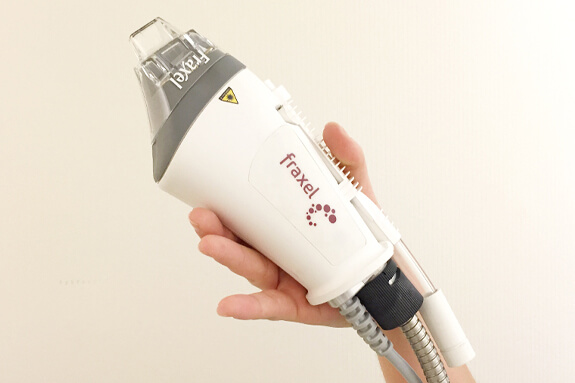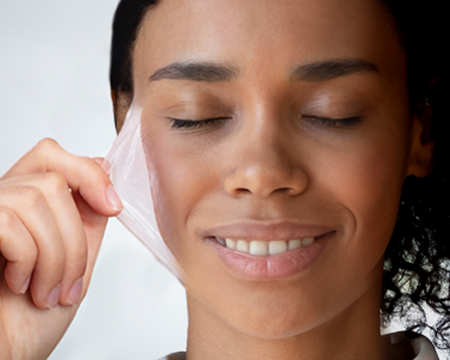Pigmentation
Vascular and Pigmented Lesions
Skin pigmentation is the color of your skin, which is determined by the amount and type of melanin, a pigment produced by specialized skin cells called melanocytes. Changes in melanin production can cause pigment disorders, such as hyperpigmentation (dark spots), hypopigmentation (light spots), or depigmentation (white spots or patches).

Consultation & Assessment
Contact us and schedule a consultation with our team.

Customized Treatment Plan
After your initial consultation we will suggest a personalized and custom tailored treatment plan to fit your needs.

Check Ups & Support
We are with you throughout your journey to better skin health.
Causes Of Hyperpigmentation of the Skin
- Sun exposure, which can trigger the production of more melanin to protect the skin from harmful UV rays, can lead to freckles, larger brown marks called lentigines, and patchy marks called melasma.
- Skin inflammation (eg. from acne, trauma, dermatitis) in darker individuals can lead to pigmented marks due to damage to melanocytes and other skin cells resulting in release of pigment deeper into the skin.
- Hormonal changes, such as pregnancy, menopause, or birth control pills, can affect the balance of hormones that influence melanin production and increase risk of pigmentation particularly melasma.
Treatments for Vascular and Pigmented Lesions
There are various treatments available to help with skin pigmentation disorders, depending on the type, severity, and location of the problem. Some of the common treatments are:

IPL & YAG Laser
Intense pulsed light (IPL), which is a device that emits pulses of light that target and break down the pigment in the skin

NeoSkin®
Complete Skin Rejuvenation
NeoSkin is the perfect anti-aging solution for all ages and all skin types who either want to keep their skin clear and youthful or for those that want to turn back the clock and regain a youthful complexion.
This safe, effective, and tolerable treatment is quickly becoming the ‘go-to’ therapy for patients wanting clear, beautiful skin.

Cyrotherapy / Liquid Nitrogen
Cryotherapy, which is a procedure that uses liquid nitrogen to freeze and destroy the abnormal pigment cells.

Fraxel®
A non-ablative fractional skin resurfacing treatment that discolouration that lingers on your skin. This treatment creates laser micro columns that penetrate the skin. These areas of microscopic damage result in skin remodeling with an increase in collagen and elastic tissue; resurfacing your skin by stimulating the growth of new healthy tissue from the inside out.

Jessner Peels
Chemical peels, applied to the skin to remove the top layer of dead skin cells, help to reveal a smoother and more even complexion.
Sun Protection / Sunscreen
Sun protection with high SPF in broad spectrum sunscreens including tint for darker complected individuals can prevent further damage from sun exposure and help maintain the results of other treatments.
Creams, Gels or Serums
Topical agents, such as creams, gels, or serums that contain ingredients that can lighten or brighten the skin, such as hydroquinone, azelaic acid, kojic acid, vitamin C, niacinamide, or licorice extract. Newer ingredients are being developed and will soon be available.
Ready For A Consultation?
Please contact us and we will get back to you as soon as possible.
